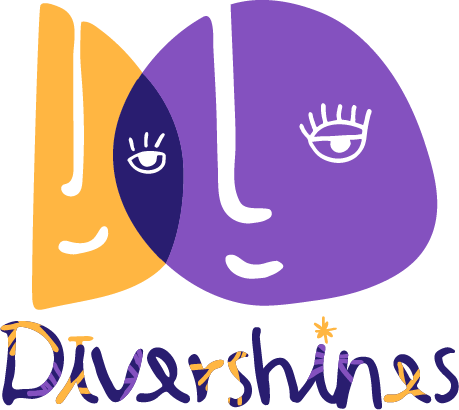Echolalia in Autism: What it is and how to address it

Echolalia in autism is a characteristic that still generates concern and curiosity among parents and educators. This repetitive speech behavior is common in individuals on the autism spectrum (ASD) and plays a significant role in language development. In this post, we will explain what echolalia is, its connection to autism, and strategies for addressing it.
What is Echolalia?
Echolalia is the repetition of words or phrases spoken by others. It can be categorized into two types: immediate echolalia, where the repetition occurs right after hearing the words, and delayed echolalia, where the repetition happens after a time interval, sometimes even days or weeks later.
For example, a child might repeat a question like “Do you want to play?” immediately after being asked, which is immediate echolalia. Alternatively, a child might repeat a phrase from their favorite TV show hours after watching it, illustrating delayed echolalia.
The Connection Between Autism and Echolalia
Echolalia is prevalent among individuals with autism, particularly in young children. It often serves as a primary means of communication before they develop more conventional language skills. For many autistic children, echolalia is a step toward developing spontaneous language. It can help them process and understand language, acting as a bridge toward more functional communication.
If you notice persistent echolalia in your child, it could be an early indicator of autism. For more information on recognizing the signs of autism and what steps to take, check out our post on Suspected Autism Diagnosis in Children.

Causes and Functions of Echolalia in Autism
- Why Echolalia Occurs
One theory suggests that echolalia helps autistic individuals manage social interactions and make sense of the world around them. It may also serve as a way to practice language and speech.
- Communicative Functions
Echolalia can serve multiple communicative functions. It can be used to request something, confirm understanding, or self-soothe in stressful situations. Recognizing these functions can help parents and educators respond more effectively to the child’s needs.
Strategies for Addressing Echolalia
- Functional Communication Training (FCT)
FCT involves teaching children to replace echolalia with more appropriate ways of communicating. For instance, if a child repeats “Do you want to play?” When they want to play, they can be taught to say “I want to play” instead.
- Modeling and Reinforcing Language
Modeling appropriate language and reinforcing its use is another effective strategy. When a child uses echolalia, parents and educators can respond with the desired phrase, gradually guiding the child toward using more functional language.
Supporting Communication Development
- Tips for Parents and Educators
Parents and educators can support language development through consistent and positive interactions. Using visual aids, social stories, and engaging in interactive activities can encourage spontaneous language use. Speech therapy can also be very beneficial, providing approaches tailored to the unique needs of each child.

There are numerous success stories of children who, with the right support, have transitioned from echolalia to more functional communication. These stories highlight the importance of patience, persistence, and professional guidance.
Understanding echolalia in the context of autism is essential for parents, educators, and caregivers. It is a unique form of communication that can serve various functions, from processing language to self-regulation. Recognizing its importance and implementing effective strategies can greatly support the communication development of children with autism.
By using techniques like Functional Communication Training, modeling appropriate language, and engaging in interactive activities, you can help guide children toward more functional and spontaneous speech. It is also crucial to seek professional support, such as speech therapy, which can provide approaches tailored to each child’s needs.
Remember, early intervention and consistent positive reinforcement are key to helping children with echolalia transition to more conventional forms of communication. With patience and the right support, children with autism can make significant progress in their language development, enhancing their ability to express themselves and interact with the world around them.
Frequently asqued questions
Echolalia is the repetition of words or phrases spoken by others, commonly observed in people with autism as a way of processing language and communicating.
Echolalia can be addressed through strategies such as Functional Communication Training, modeling appropriate language, and reinforcing its use, often with the help of speech therapy.
While echolalia is common in autism, it can also occur in other conditions. Persistent echolalia in a child warrants further evaluation by a professional to determine the underlying cause.
Yes, with proper support and interventions, many children with echolalia can develop more functional and spontaneous speech.
REFERENCES
- Autism Speaks. (n.d.). Echolalia. Retrieved from https://www.autismspeaks.org/echolalia
- Greenspan, S. I. (1998). The Child with Special Needs. Da Capo Press.
- Sussman, F. (1999). More Than Words. Hanen Centre.


